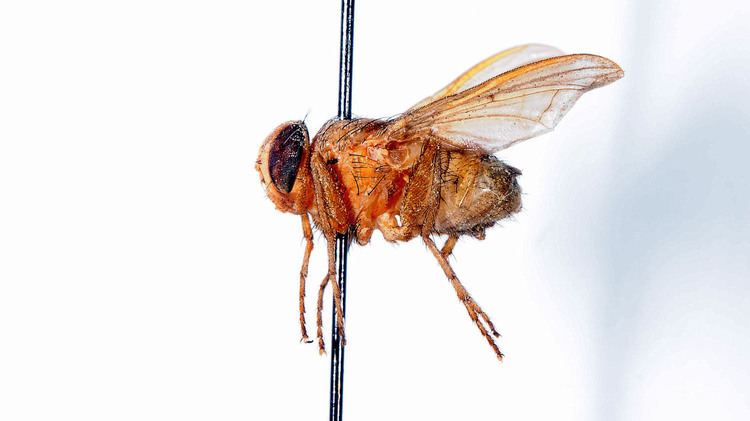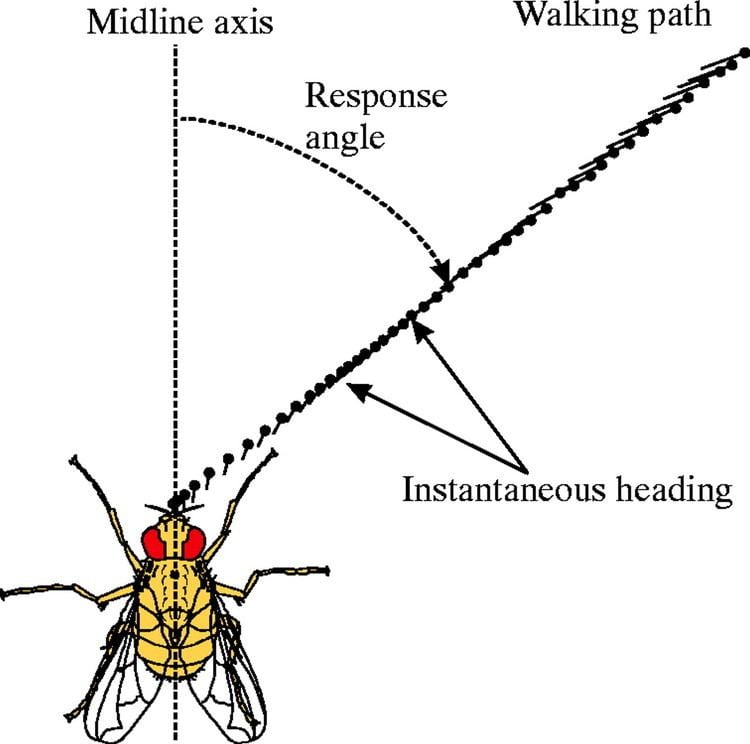Order Diptera Higher classification Ormia | Scientific name Ormia ochracea Rank Species | |
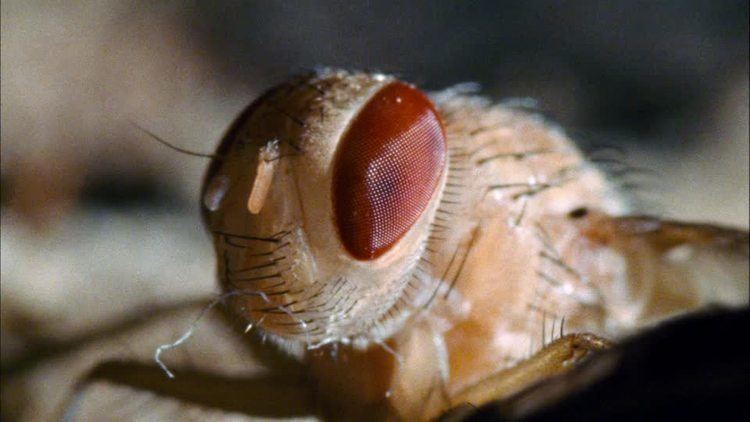 | ||
Similar Ormia, Fly, Insect, Teleogryllus, Tachinidae | ||
Ormia ochracea the hearing expert
Ormia ochracea is a small yellow nocturnal fly, a parasitoid of crickets. It is notable because of its exceptionally acute directional hearing. The female is attracted by the song of the male cricket and deposits larvae on or around him, as was discovered in 1975 by the zoologist William H. Cade. The fly is found throughout the southern US and into Mexico, though its exact range is not known.
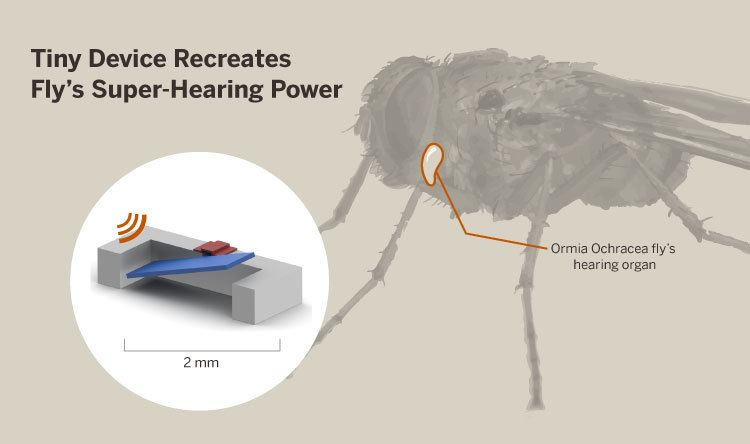
The mating call of the male field cricket is used by Ormia ochracea in locating the cricket. Once a female fly finds a host (male cricket) she deposits a larva which then quickly burrows into the host, emerging about 7 – 10 days later, killing the host. Flies have been observed responding to various cricket songs, but seem to be limited to the family Gryllidae.
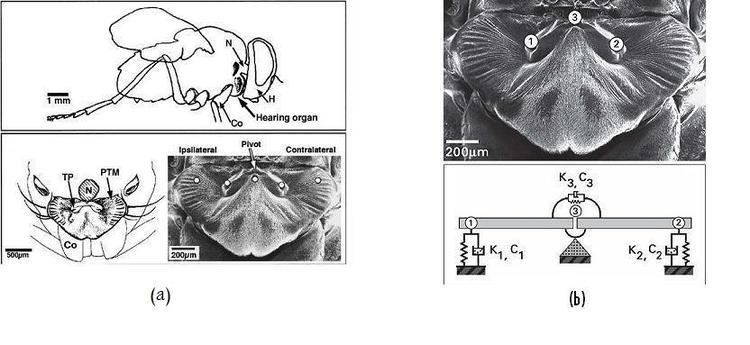
The prey cricket Teleogryllus oceanicus has recently shown adaptation by evolving flat wings without sound-producing structures. The flat wing was first observed in 2003 on the Hawaiian island of Kauai, and was also found on neighbouring Oahu two years later. Genetic studies of crickets from each island show that the mutations arose from different genomic variations.
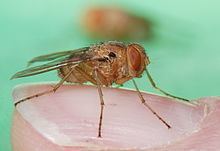
Ormia ochracea has become a model organism in sound localization experiments because of its unique "ears", which are complex structures inside the fly's prothorax near the bases of their front legs. The animal is too small for the time difference of sound arriving at the two ears to be calculated in the usual way, yet it can determine the direction of sound sources with exquisite precision. The tympanic membranes of opposite ears are directly connected mechanically, allowing resolution of nanosecond time differences and requiring a new neural coding strategy.
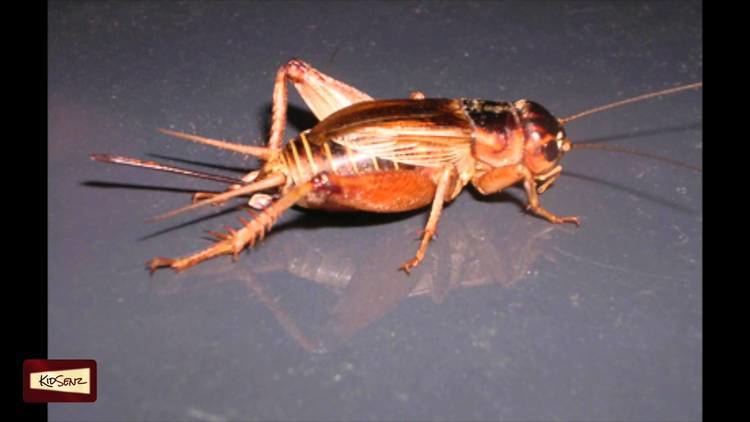
In April 2015, a group from the University of Strathclyde and the MRC/CSO Institute for Hearing Research (IHR) announced that it had created a microphone based on the Ormia ochracea's hearing system, and had been awarded a £430,000 grant by the U.K. Engineering and Physical Sciences Research Council to build and test the hearing aid for three years.
